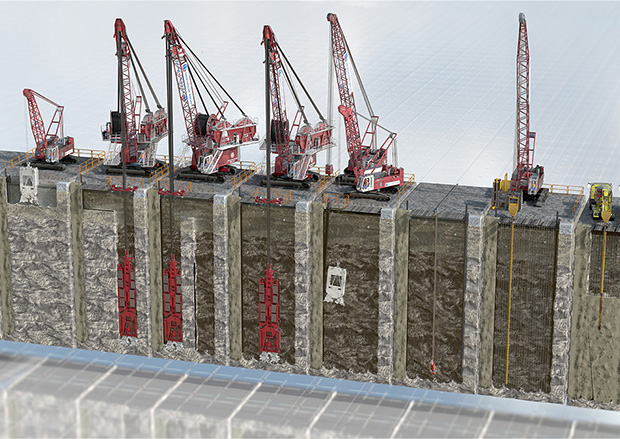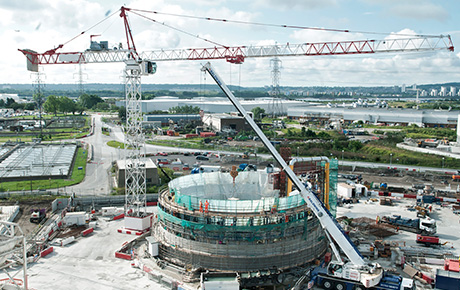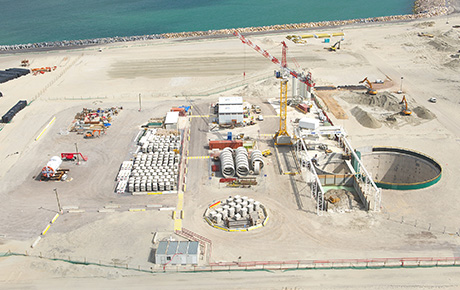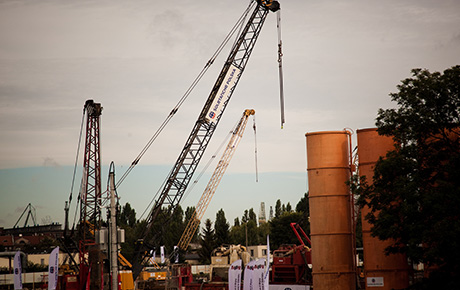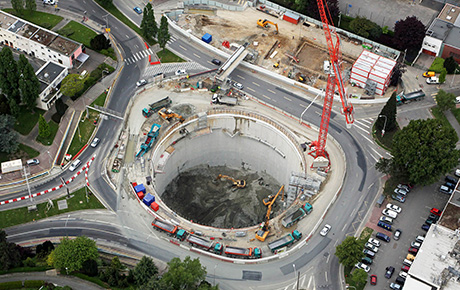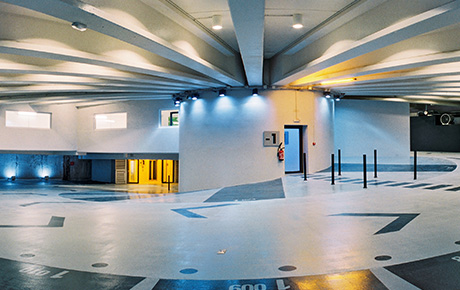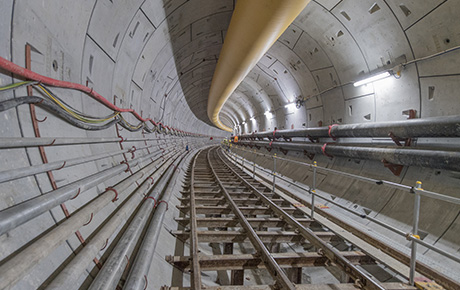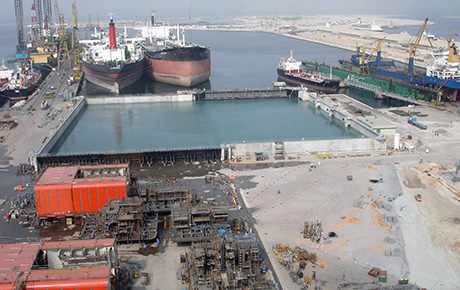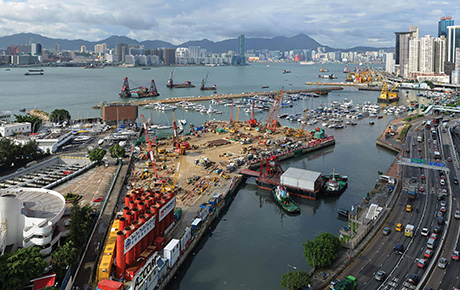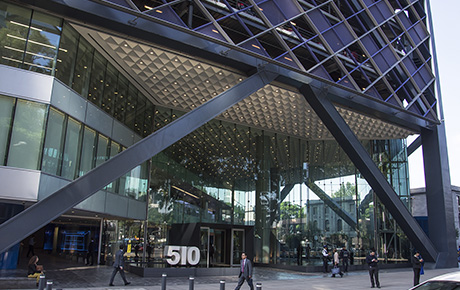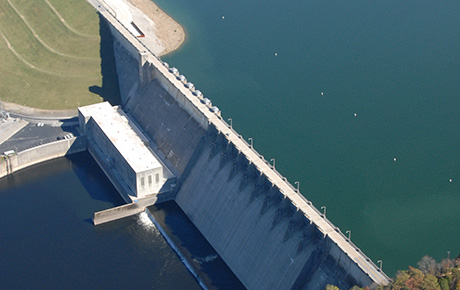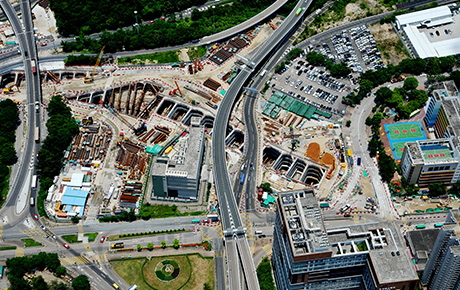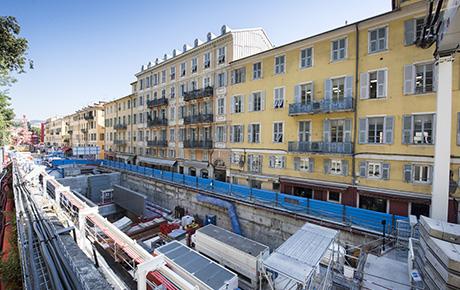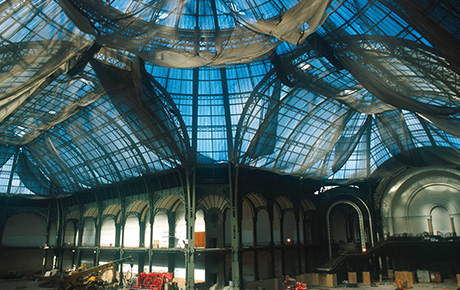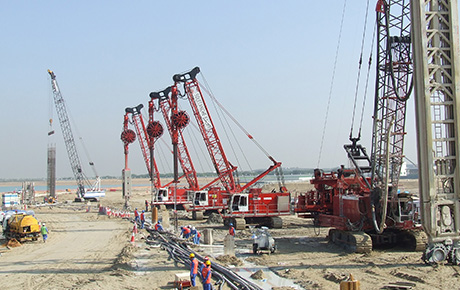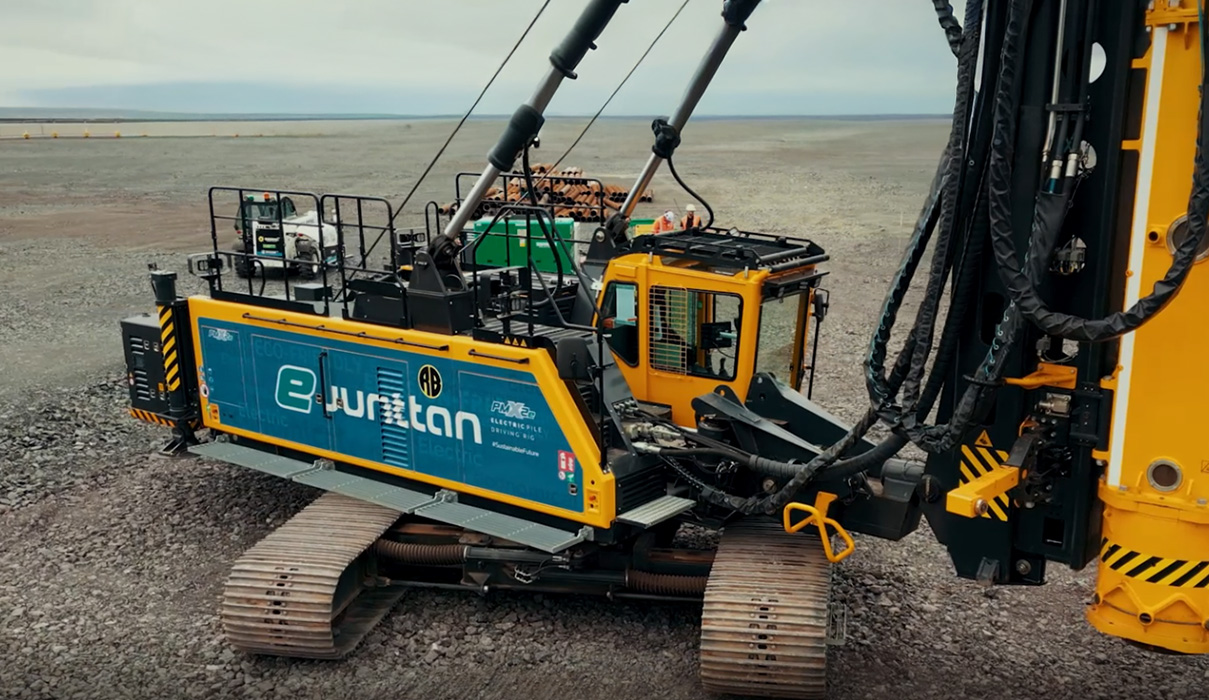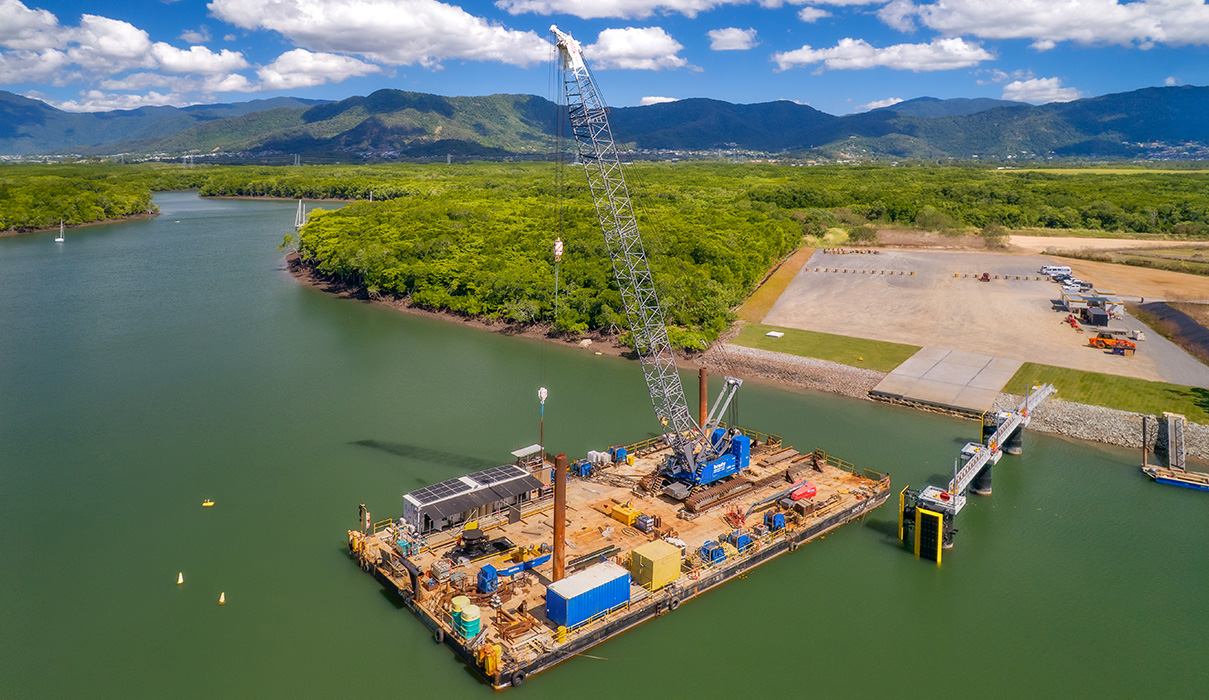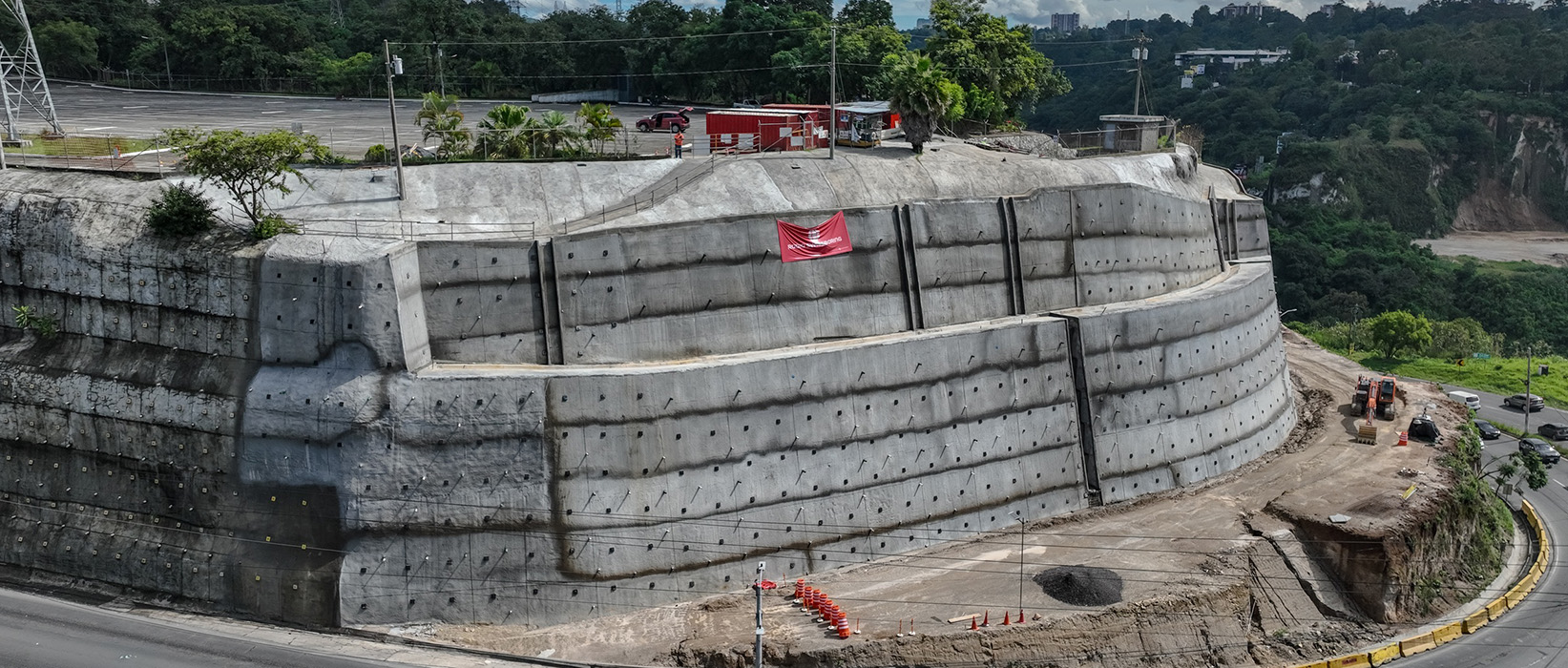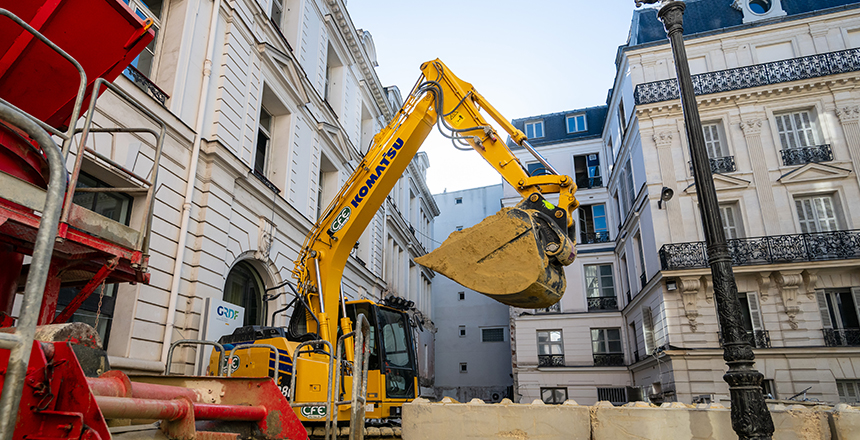Project Description
A Soletanche Bachy expertise
A diaphragm wall is a support of excavation technique used by Soletanche Bachy for almost 60 years.
What is a diaphragm wall ?
A diaphragm wall is a reinforced concrete curtain cast into the ground, mainly used for support and foundation works.
Created for all types of structures – underground stations, buildings, car parks, tanks, dams – and in all types of soil and rock and regardless of the environment, the diaphragm wall is a technique frequently used to provide a permanent support of excavation, build deep foundations or deep continuous cut-off walls.
Diaphragm Wall is one of the most common technique for Soletanche Bachy’s Core Business.
What are the advantages of this technique?
Suitable in presence of groundwater table
Favoured in urban environments, close to other existing in the vicinity, with limited headroom or within a small site footprint
Can be used as a temporary or permanent structure
The high inertia of diaphragm wall makes it much less subject to deformation
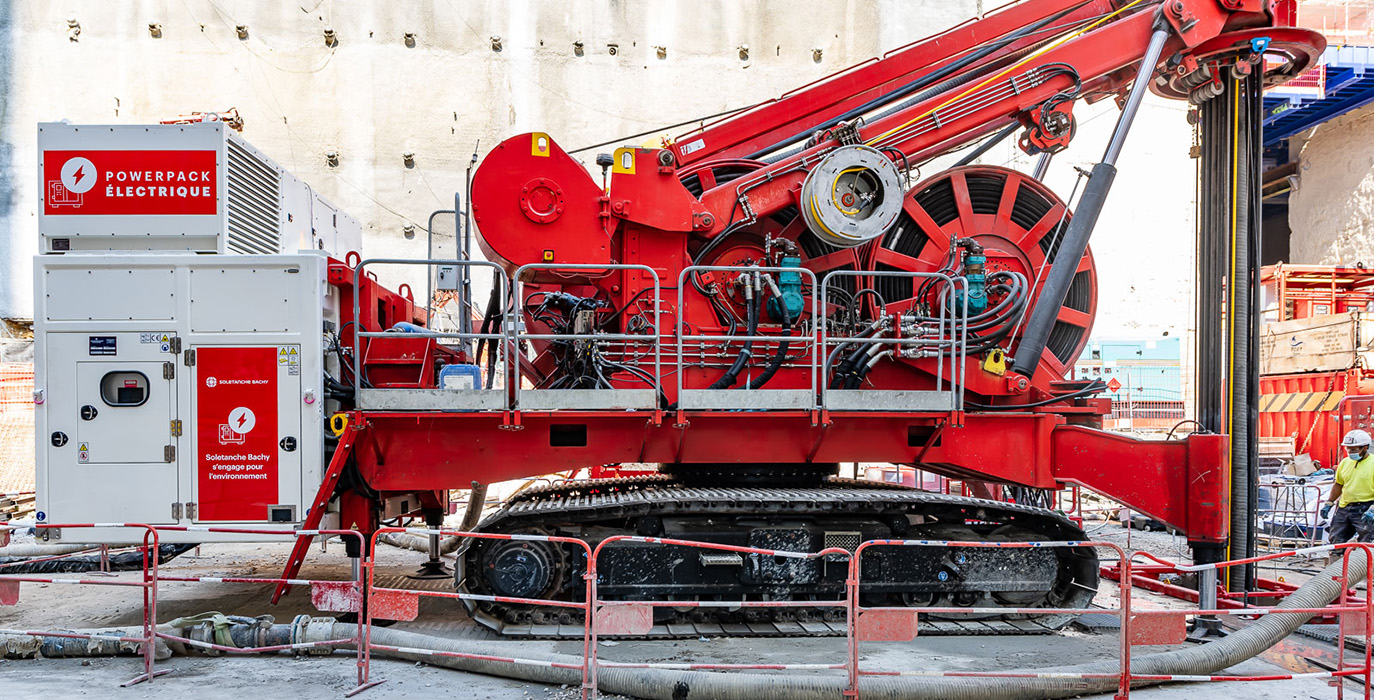

How to implement a diaphragm wall ?
A diaphragm wall involves excavating a trench, which can reach 90m depth and beyond, using a mechanical or hydraulic grab or a Hydrofraise® (technology developed by Soletanche Bachy) depending on the type of soil encountered. In general, the construction of a diaphragm wall follows the following steps:
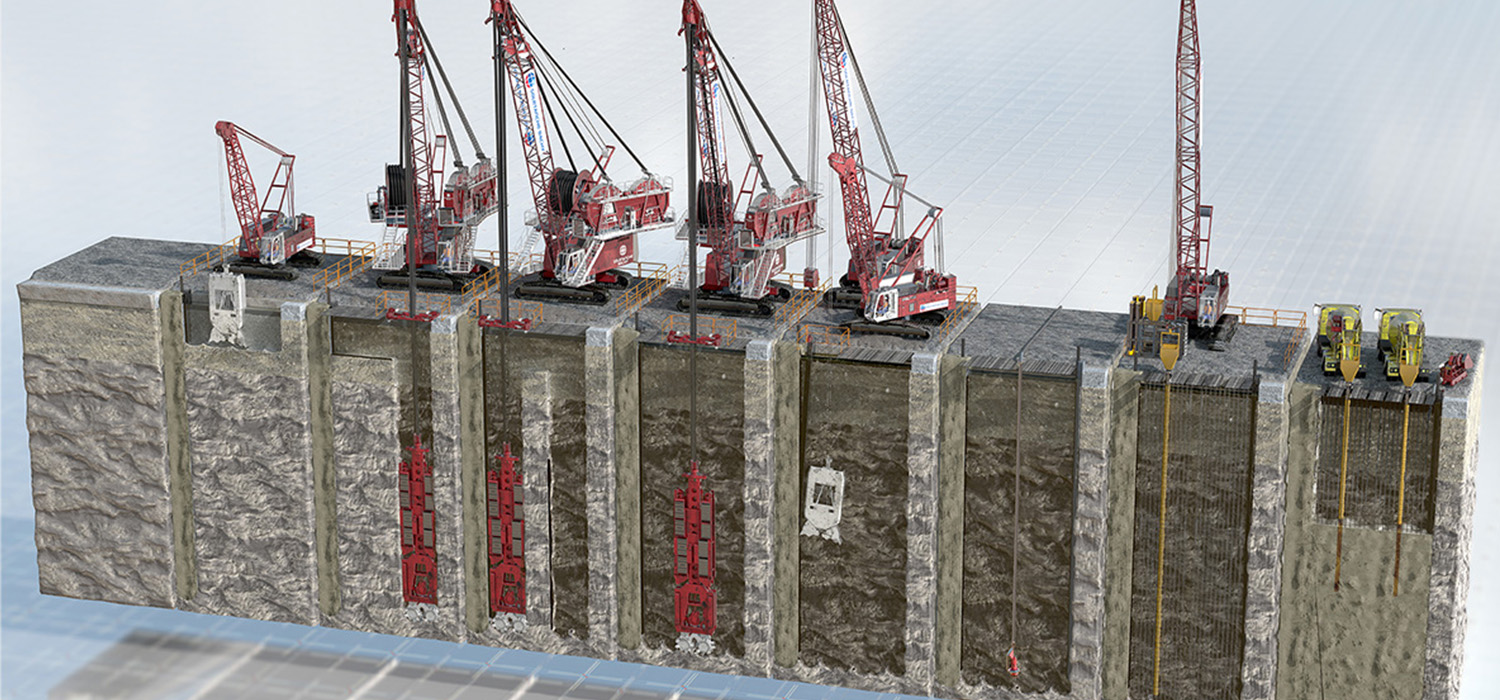
Step 1 : Guide walls construction
Construction of two parallel guide walls, made of low reinforced concrete casted on the working platform. These narrow guide walls have the following functions:
- outline and precisely define the structure to be built
- guide the, excavation tool,
- provide an extra storage of support fluid
- keep the reinforcement steel cages in place before and after concreting.
Concrete guide walls can be poured flush to existing structures and foundations. This allows to build diaphragm walls very close to nearby constructions.
Step 2 : Excavation phase
Excavation phase is made of one or several overlapping bites forming a panel, with the help of a support fluid. The properties of this fluid and the length of the excavated panel are adapted to site conditions and presence of structures in the vicinity to guarantee an optimal trench stability at all times.
While excavated, the soil is progressively replaced by this support fluid, called “drilling slurry”. Usually, a specific type of clay (bentonite) is used. Bentonite forms a local cut-off barrier on the sides of the excavation. This barrier keeps the excavation open by applying a hydrostatic pressure that counteracts with earth pressure which tends to collapse the sides of panel.
Depending on specific ground conditions, bentonite can be replaced by biodegradable polymers. Other options are possible.
While excavating, the properties of the support fluid are regularly monitored, and corrected when necessary.
Step 3 : Equipment and concreting phase
Once excavation of a panel has been completed, the support fluid is recycled to limit the size and quantity of soil particles in suspension within the slurry. Then a reinforcement cage is placed in the panel. This cage can be pre-equipped with further elements, such as reservation pipes for ground anchors.
Once the reinforcement cage has been placed, plunge columns are put in place through the cage till the bottom of the excavated panel.
Concrete is then poured from platform level. The plunge columns allow to deliver concrete progressively from the bottom of excavation to the top. During this operation, the concrete encapsulates the steel cage and pushes out the support fluid which is pumped away and recycled.
Water tightness between two consecutive panels can be ensured:
- Either by overlapping into the concrete of the adjacent panel (only possible when using an Hydrofraise® equipment
- Or by using a temporary metallic joint CWS® on both sides of the panel. When removed, this joint leaves a waterstop rubber joint inside concrete. Second half of this joint will be sealed in concrete when pouring the adjacent panel.
Step 4 : Excavation (& strutting) phase
Depending on design, a concrete capping beam can be casted to bound the top of panels together or prepare an interface with a further construction stage.
Once finished, earthworks can begin within the diaphragm wall perimeter. During these works, and depending of the finishing degree required, the concrete surface of the D-Wall can be trimmed.
The excavation phase can proceed in several phases. Depending on the support of excavation design, intermediate operations can be carried out, such as: construction of waling beams or strutting system, installation and pre-tensioning of ground anchors, construction of concrete slab and more.
The diaphragm wall thicknesses are usually: 0.50m; 0.60m; 0.80m; 1.00m; 1.20m; 1.50m; 1.80m.
Other specific thicknesses are possible, depending on countries.
Why working with Soletanche Bachy?
Execution controls and monitoring
Each step of the diaphragm wall process is complex and impacts the quality of the finished structure. Soletanche Bachy implements a range of methods and procedures based on its vast experience with requirements that exceed compliance with standards.
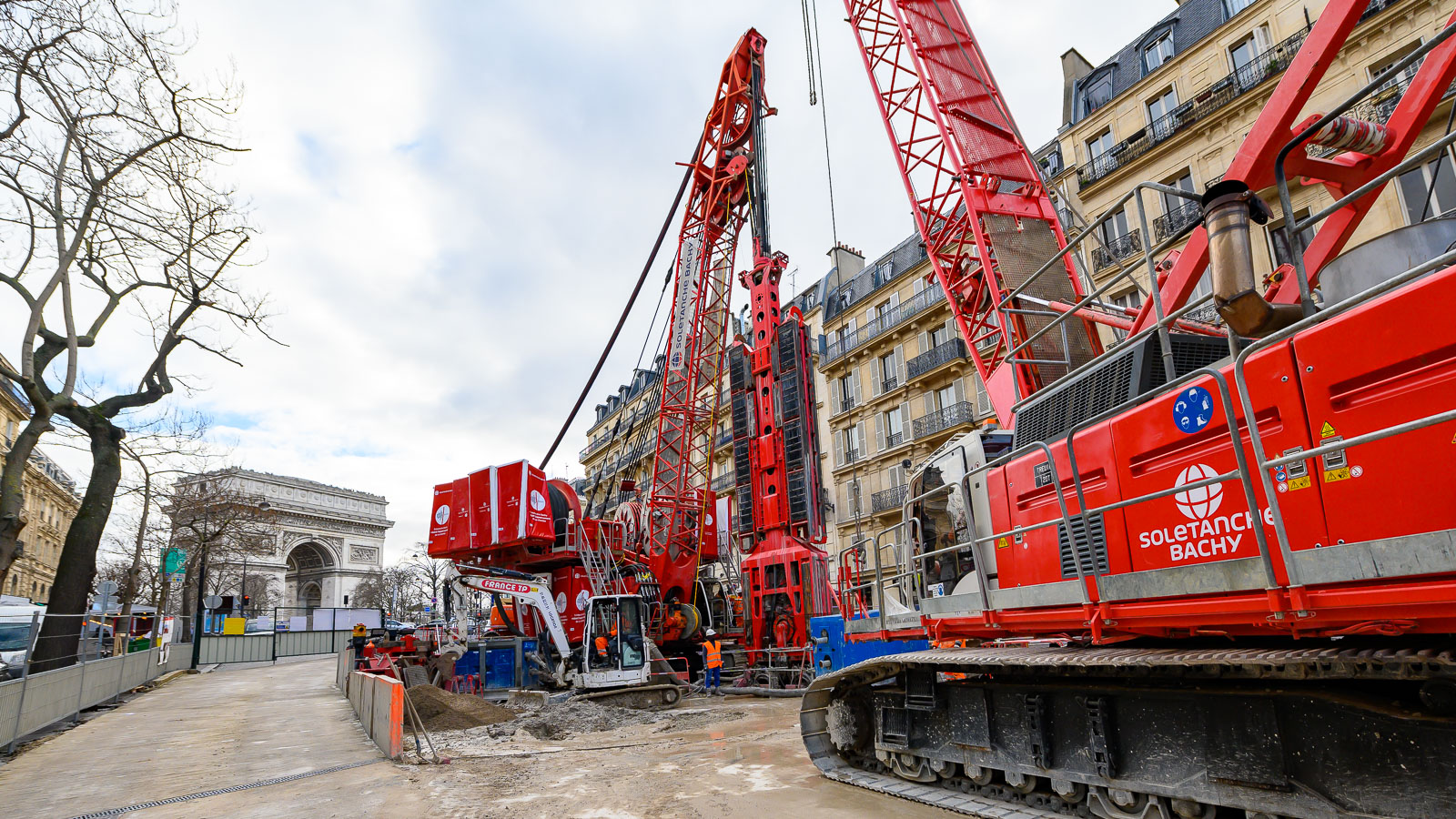
Excavation
For hydraulic grabs and Hydrofraise®, deviations are measured in real time using a range of high-precision sensors developed and patented by Soletanche Bachy and embedded down the hole. Deviations measured in real time are immediately corrected using electronic and mechanical means available to the operator. Z-Lyze® tool is used to process computer data generated by on-board acquisition systems installed on each rig.
Concreting
During excavation and before concreting, physical and chemical properties of the support fluid are checked. When pouring concrete, a concreting curve is established in real time to detect any anomaly In the meantime, concrete is tested and fresh concrete samples are taken for further UCS testing. In the event of technical difficulties, our internal materials laboratory can carry out additional tests at the start of construction, to ensure the quality of the concrete.
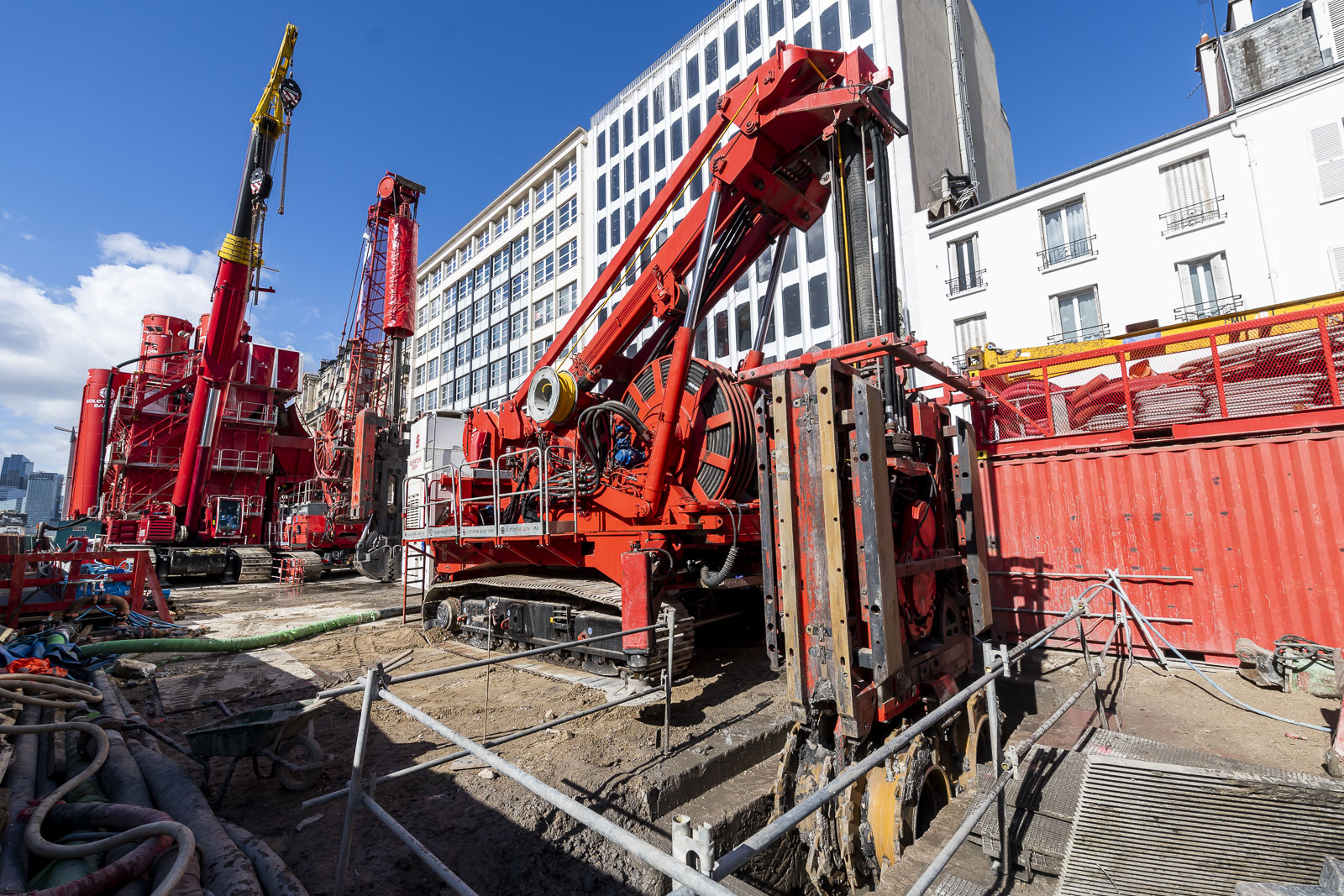
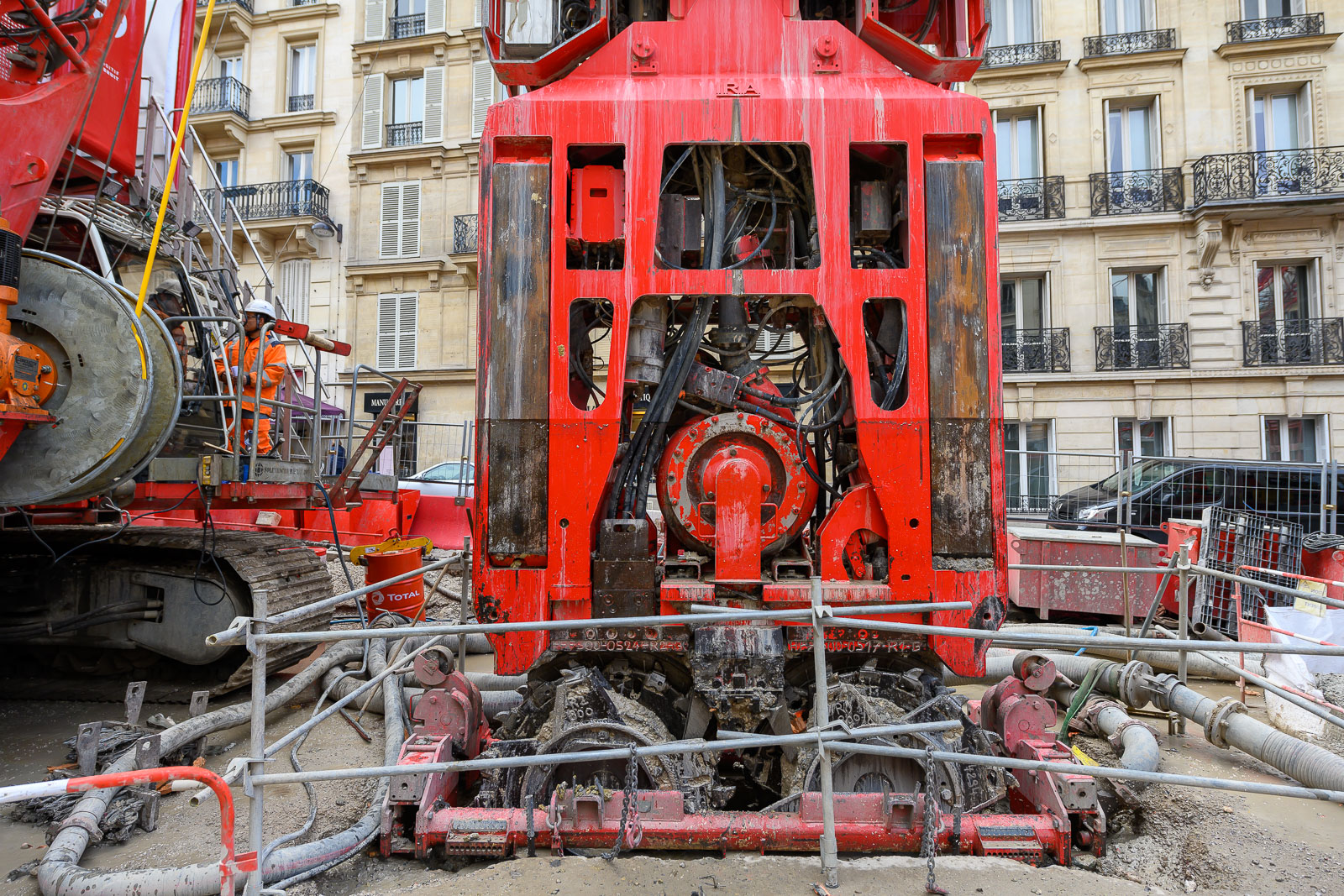
Execution controls
Sonic integrity checks can be carried out the completion of a diaphragm wall panel, using tubes pre-installed with the reinforcement cage.
inclinometer controls can be used to monitor the diaphragm wall during the excavation and during the life of the structure.
Related projects
